Staghorn fern advice
rite2u
17 years ago
Featured Answer
Sort by:Oldest
Comments (21)
rite2u
17 years agosputnikfarm
17 years agorite2u
17 years agoifraser25
17 years agobaci
17 years agorite2u
17 years agoebb007
17 years agokaryn1
17 years agorite2u
17 years agoadnissi
17 years agobirdinthepalm
17 years agoaroideana
17 years agobirdinthepalm
17 years agogodwind1_comcast_net
12 years agofeliner3_msn_com
12 years agoRiddle66
9 years agooncemail
8 years agoJoshua Wine
7 years agoShane bauman
4 years agoHU-797463511
3 years agolast modified: 3 years ago
Related Stories

FERNSThe Indoor Gardener: Reconsider Fabulous Ferns
Delicate to exuberant, ferns come in all manner of styles and add bursts of freshness to your interior decorating
Full Story
HOUSEPLANTSGet a Tropical Splash With a Bird's Nest Fern
Sword-shaped leaves make this fern a stunning accent — and you can even mount it on wood for a wall hanging
Full Story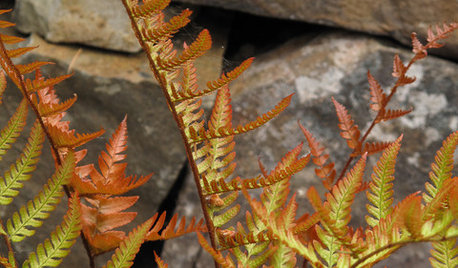
GARDENING GUIDESGreat Design Plant: Autumn Fern Adds Color All Year
Use this evergreen, easy-care fern for soft texture and coppery tints in container gardens and the landscape at large
Full Story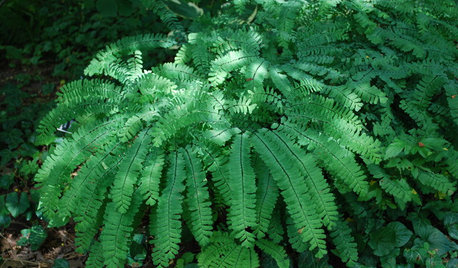
GARDENING GUIDESGreat Design Plant: Northern Maidenhair Fern Softens Shade Gardens
Stir up some romance in dark corners with the billowy fronds of native Adiantum pedatum
Full Story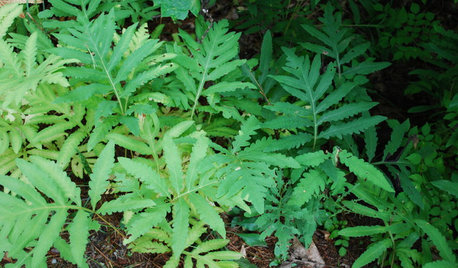
GARDENING GUIDESGreat Design Plant: Sensitive Fern Shows Its Strengths
Wondering what will thrive in your wet, shady garden? It’s Onoclea sensibilis to the rescue
Full Story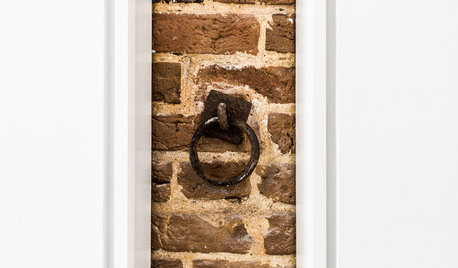
LIFEYou Said It: ‘Rather Than Remove Them, They Framed Them’
Design advice, inspiration and observations that struck a chord this week
Full Story
LIFE‘A Little Bold Color Goes a Long Way’ and Other Houzz Quotables
Home projects, advice and even a tour of a castle captured our attention this week
Full Story
FLOWERSSee the Amazing Orchids Unfolding at a New York Garden Show
Get an eyeful of awe-inspiring orchids in incredible colors and learn how to keep one happily blooming at home
Full Story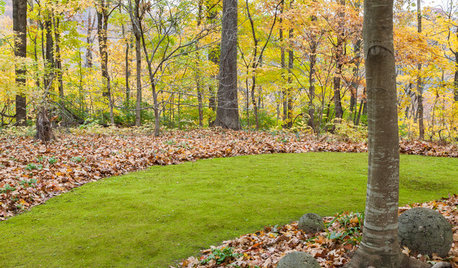
LANDSCAPE DESIGNMoss: Nature’s Carpet for the Garden
Learn how to grow and use this ancient and mysterious natural wonder for delightful texture in the landscape
Full Story
CONTAINER GARDENSFreshen Up the Bath With Lush and Healthy Plants
Learn how to choose and care for plants that will do well in your space
Full Story





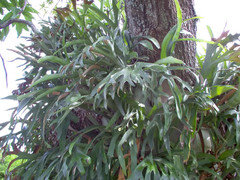
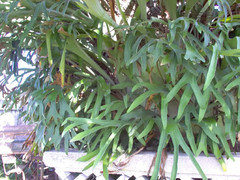

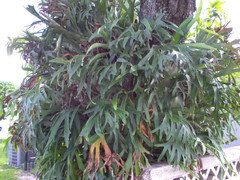
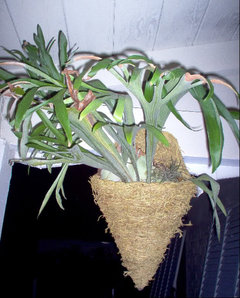
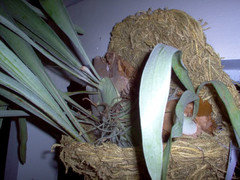
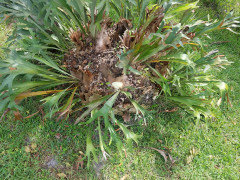

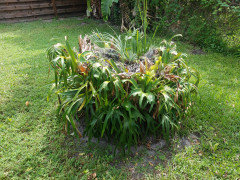
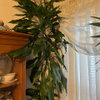
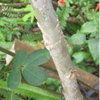
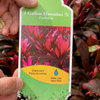
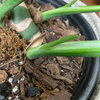
hotdiggetydam